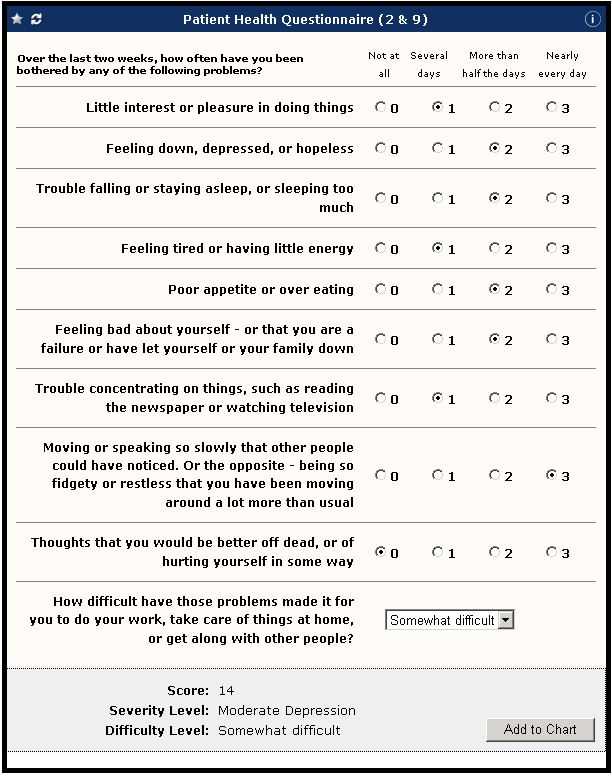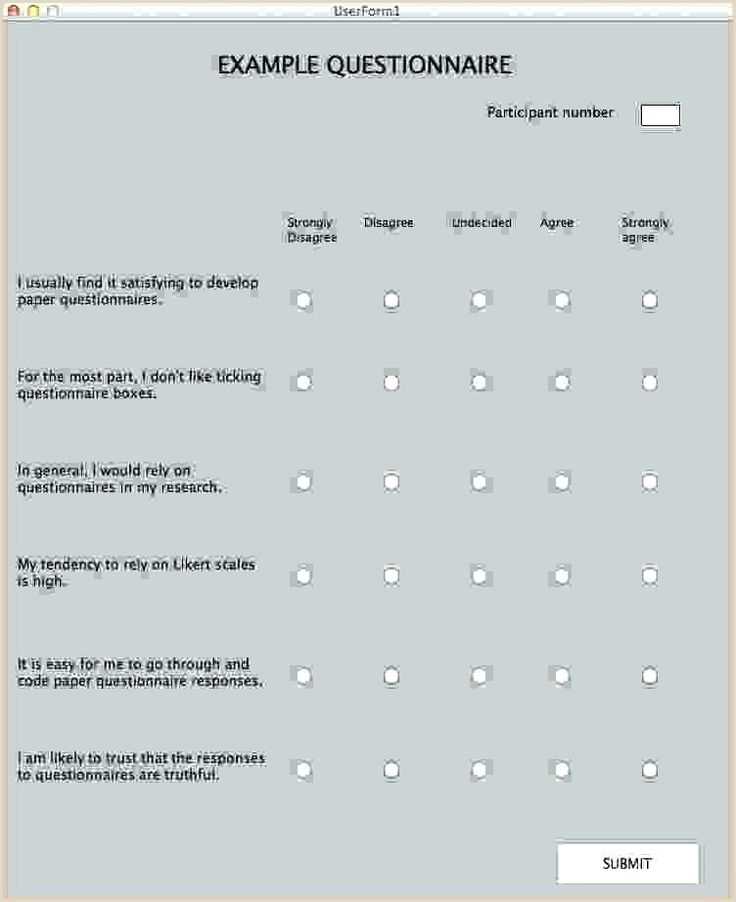
Before conducting a penetration test, it is crucial to define the scope of the assessment. A Pen Test Scoping Questionnaire is often used to gather information about the target network or application, as well as the desired goals and objectives of the test. This questionnaire serves as a guide for the penetration tester in understanding the environment being tested and helps in developing a comprehensive testing plan.
The Pen Test Scoping Questionnaire includes a series of detailed questions that cover various aspects of the target system. These questions aim to gather information about the infrastructure, applications, access controls, and security measures already in place, thus enabling the tester to identify potential vulnerabilities and determine the most effective testing methods. By obtaining this information, the tester can optimize the testing process and ensure that all critical areas are analyzed.
Some of the key areas covered in the Pen Test Scoping Questionnaire include network architecture, server details, user access controls, intrusion detection and prevention systems, and encryption methods. The questionnaire also delves into the intended goals and desired outcomes of the penetration test. This information helps the tester develop a targeted approach and focus on the most relevant areas that need to be tested. It also helps in setting realistic expectations for the client and ensures that the results of the test align with their objectives.
By using a Pen Test Scoping Questionnaire, organizations can ensure that their penetration testing efforts are well-defined and effective. The questionnaire serves as a tool for communication between the client and the tester, allowing for a thorough understanding of the target environment and preventing any misunderstandings during the testing process. Through the comprehensive information provided by the questionnaire, both parties can align their expectations and work towards achieving the desired outcomes of the penetration test.
What is a Pen Test Scoping Questionnaire?
A Pen Test Scoping Questionnaire is a document used by organizations to define and outline the scope of a penetration testing engagement. Penetration testing, also known as pen testing or ethical hacking, is a proactive approach to evaluate the security of an organization’s systems and infrastructure.
The questionnaire helps to establish the objectives, limitations, and rules for the pen testing exercise. It provides a structured framework for both the organization requesting the test and the penetration testing team to ensure that all critical areas and potential vulnerabilities are addressed.
Key components of a Pen Test Scoping Questionnaire
- Objectives: The questionnaire should clearly define the objectives of the pen test, such as identifying vulnerabilities, testing the effectiveness of security controls, or validating compliance with specific regulations.
- Scope: This section outlines the systems, applications, and networks that will be tested. It should specify whether the test will focus on external or internal systems, or both, and whether social engineering techniques will be allowed.
- Testing methodology: The questionnaire should ask for details about the preferred testing methodology, such as black-box, white-box, or grey-box testing. It may also include specific techniques or tools to be used.
- Timing and logistics: This section captures information about the preferred timeline for the testing, any blackout periods, and contact details of key personnel involved in the engagement.
- Rules of engagement: The questionnaire should outline the rules and boundaries for the testers, including what actions are permitted and what should be avoided, such as exploiting discovered vulnerabilities, harming systems, or accessing sensitive data.
- Regulatory considerations: If the organization operates in a regulated industry, the questionnaire may ask for compliance requirements to be considered during the pen testing.
- Reporting: The questionnaire should define the expected format and content of the test report, including the level of detail, identified vulnerabilities, and recommended remediation actions.
Overall, a Pen Test Scoping Questionnaire plays a crucial role in ensuring that a pen testing engagement is well-defined, aligns with the organization’s goals, and helps identify and address potential security gaps before they are exploited by malicious actors.
Importance of Using a Pen Test Scoping Questionnaire
When performing a penetration test, it is crucial to establish clear objectives and boundaries in order to ensure an effective and efficient evaluation of cybersecurity defenses. One way to achieve this is by using a pen test scoping questionnaire. This questionnaire helps to define the scope of the test, identify potential risks, and gather necessary information to conduct a thorough assessment of an organization’s security posture.
A pen test scoping questionnaire acts as a roadmap for the entire penetration testing process. It allows the tester to understand the client’s goals, target systems, and potential vulnerabilities. By providing detailed information about the infrastructure, network architecture, applications, and even business processes, the questionnaire enables the tester to focus on specific areas of interest and prioritize testing efforts.
Using a pen test scoping questionnaire also enhances communication between the client and the tester. By clearly stating expectations, limitations, and desired outcomes upfront, both parties can align their objectives and avoid any misunderstandings. The questionnaire serves as a valuable tool for managing the client’s expectations and establishing a transparent and collaborative working relationship.
Benefits of Using a Pen Test Scoping Questionnaire:

- Accurate scoping: The questionnaire ensures that the scope of the penetration test is well-defined, reducing the risk of missing critical components and allowing for a comprehensive evaluation of the security measures in place.
- Efficient use of resources: By gathering relevant information beforehand, the pen tester can allocate resources effectively and concentrate efforts on areas that are most likely to be vulnerable.
- Effective risk assessment: The questionnaire helps identify potential risks and threats, enabling the tester to simulate real-world attack scenarios and provide actionable recommendations for mitigating vulnerabilities.
- Clear objectives and expectations: Both the client and the tester have a clear understanding of the goals and desired outcomes, minimizing any ambiguity and ensuring that the test aligns with the client’s security objectives.
- Transparent communication: The questionnaire facilitates open and transparent communication between the client and the tester, fostering a collaborative approach to cybersecurity and building trust between the two parties.
In conclusion, using a pen test scoping questionnaire is essential for conducting a successful and meaningful penetration test. It helps define the scope, align objectives, and gather necessary information, ensuring that the test focuses on the areas that matter most to the client’s security posture. By using this tool, organizations can effectively assess their vulnerabilities, mitigate risks, and strengthen their overall cybersecurity defenses.
Ensuring Accurate Scope Definition
Accurate scope definition is crucial in the field of pen testing to ensure successful and effective assessments. It represents a critical step that sets the boundaries and objectives of the test, allowing the security team to focus on the most vulnerable areas and identify potential risks.
One way to ensure accurate scope definition is by conducting thorough reconnaissance and information gathering before the actual testing process. This includes analyzing the target’s architecture, network infrastructure, and system configurations. By gathering this information, security teams can identify potential entry points and vulnerabilities that may need to be addressed during the penetration test.
Another important aspect is outlining the specific objectives and goals of the pen test. This includes clearly defining the target systems and applications to be tested, as well as any limitations or restrictions in terms of actions that can be performed during the assessment. It is also essential to consider any legal and ethical requirements that may impact the scope of the test.
To further ensure accurate scope definition, collaboration and communication with the stakeholders is vital. This includes engaging with key personnel from the organization undergoing the pen test, such as IT managers and system administrators, to gain insights into their concerns and priorities. By involving these stakeholders, security teams can better align their efforts with the organization’s needs and address any specific requirements.
In summary, accurate scope definition in pen testing is a critical factor in conducting successful assessments. Thorough reconnaissance, clearly defined objectives, consideration of legal and ethical requirements, and collaboration with stakeholders all contribute to ensuring that the test focuses on the most vulnerable areas and provides meaningful results for improving security.
Identifying the Target Network/Systems

Before conducting a penetration test, it is crucial to identify the target network or systems that will be subject to assessment. This step involves gathering information about the architecture, infrastructure, and technologies used within the organization’s network environment.
One key aspect of identifying the target network/systems is determining the scope of the penetration test. It is essential to define the boundaries and limitations of the assessment to ensure that the testing remains focused and relevant to the organization’s specific needs and goals.
The first step in identifying the target network/systems is to gather information about the organization’s infrastructure, such as IP addresses, domain names, and network diagrams. This can be accomplished through interviews with the organization’s IT team or through scanning tools that can identify active hosts and services on the network.
Once the initial information is gathered, it is important to assess the criticality and sensitivity of the systems within the target network. This involves understanding the role of each system in the organization’s operations and the potential impact of a successful attack on those systems.
In addition to understanding the infrastructure and criticality, it is vital to gather information about the technologies and applications used within the target network/systems. This includes identifying the operating systems, web servers, databases, and other software components present on the network.
By identifying the target network/systems and gathering information about the infrastructure, criticality, and technologies used, the penetration tester can effectively plan and execute the assessment in a targeted and thorough manner, ultimately providing valuable insights and recommendations for improving the organization’s security posture.
Key Components of a Pen Test Scoping Questionnaire
A pen test scoping questionnaire is an essential tool for effectively scoping a penetration test. It helps to gather important information about the target environment, objectives, and constraints of the test. The following key components should be included in a pen test scoping questionnaire:
1. Scope Definition:
The questionnaire should clearly define the scope of the penetration test. This includes specifying the target systems or network, applications, and any specific areas that should be excluded from testing. It is important to clearly define the boundaries and limitations of the test to avoid unnecessary risks or misunderstandings.
2. Objectives and Goals:

The questionnaire should require the client to clearly define their objectives and goals for the penetration test. This could include identifying vulnerabilities, testing the effectiveness of security controls, or assessing the overall security posture. Clear objectives help the penetration testing team to focus their efforts and provide the client with valuable insights.
3. Rules of Engagement:
The questionnaire should address the rules of engagement for the penetration test. This includes specifying the testing hours, communication channels, and any limitations on the testing team’s activities. It is important to establish rules to ensure the test does not disrupt normal operations and to avoid any legal or ethical issues.
4. System Information:
The questionnaire should gather basic information about the target systems, such as operating systems, network architecture, and any specific security controls in place. This helps the penetration testing team to understand the environment and tailor their testing methodologies accordingly.
5. Testing Constraints:
The questionnaire should inquire about any constraints or limitations that may affect the penetration testing activities. This could include restrictions on certain types of testing, such as denial of service or social engineering, as well as any compliance or regulatory requirements that need to be followed during the test.
6. Reporting and Deliverables:
The questionnaire should include questions about the desired format and content of the final penetration testing report. This could include specific requirements for documenting vulnerabilities, providing recommendations, or presenting the findings to different stakeholders. Clear expectations for reporting ensure that the testing team delivers results that meet the client’s needs.
By including these key components in a pen test scoping questionnaire, both the client and the penetration testing team can align their expectations, define the scope and objectives, and ensure a successful and effective penetration test.
Company Background and Infrastructure Details
The company XX is a leading provider in the technology industry, specializing in software development and consulting services. With over 10 years of experience, XX has established itself as a trusted partner for numerous clients across various sectors, including finance, healthcare, and telecommunications.
The company’s infrastructure is primarily cloud-based, with a combination of private and public cloud services. XX utilizes state-of-the-art data centers and networking equipment to ensure the scalability, reliability, and security of its systems. The architecture is designed to support the company’s rapid growth and changing business needs, while also adhering to industry best practices and compliance standards.
Infrastructure Details
- The company’s network infrastructure consists of multiple interconnected data centers located in different geographic regions.
- Virtualization technologies, such as VMware and Hyper-V, are used for server consolidation and resource optimization.
- The company employs strict access control mechanisms, including multi-factor authentication and role-based access control, to protect sensitive data and resources.
- Firewalls and intrusion detection/prevention systems are in place to monitor and mitigate potential security threats.
- Data backups are performed regularly to ensure business continuity in case of data loss or system failure.
- Customer data is encrypted both in transit and at rest to maintain confidentiality and integrity.
- The company has implemented a robust incident response plan to promptly address and mitigate any security incidents that may occur.
Overall, XX’s infrastructure is designed with security and reliability in mind, aiming to provide the best possible service to its clients while maintaining the highest standards of data protection. The upcoming penetration test will play a crucial role in assessing the effectiveness of these measures and identifying any vulnerabilities that need to be addressed.